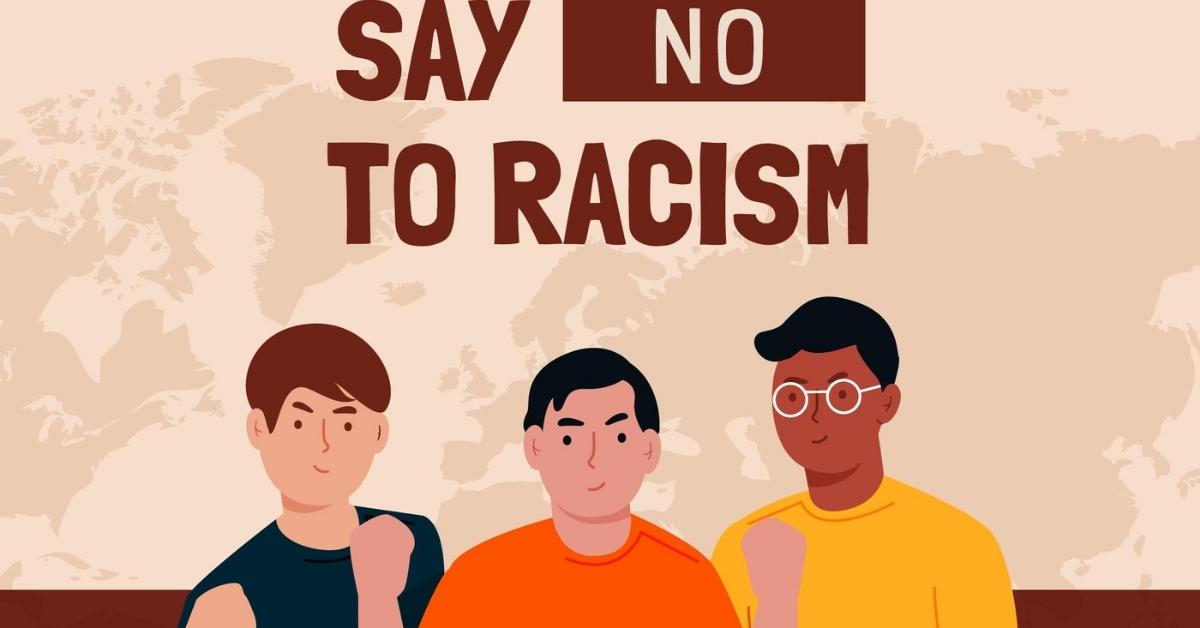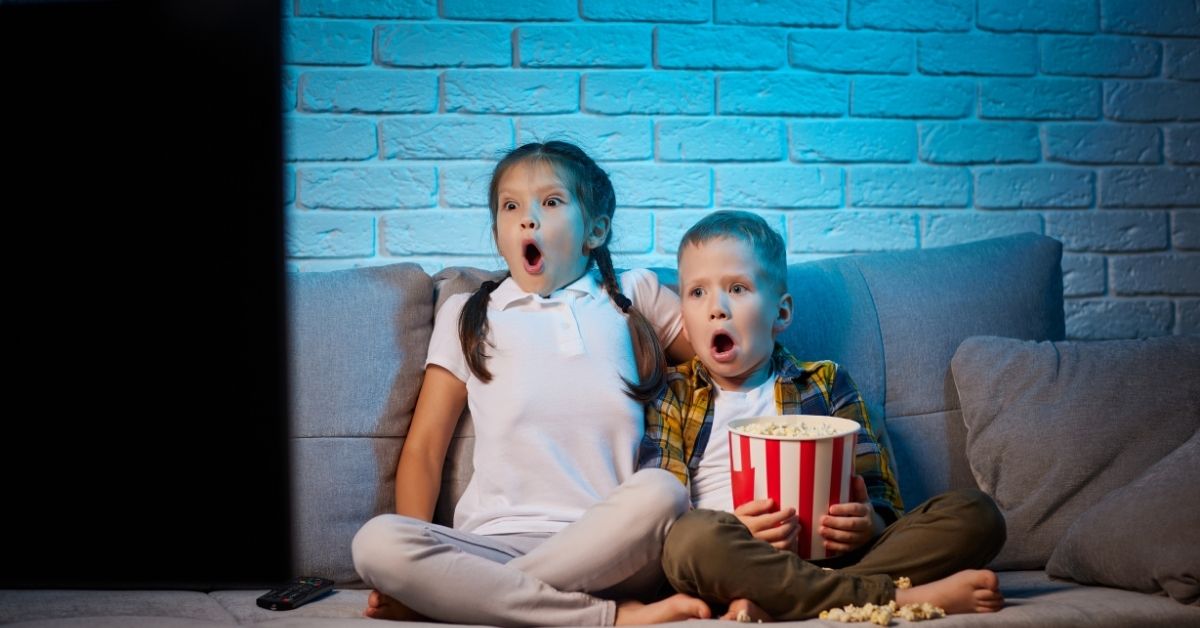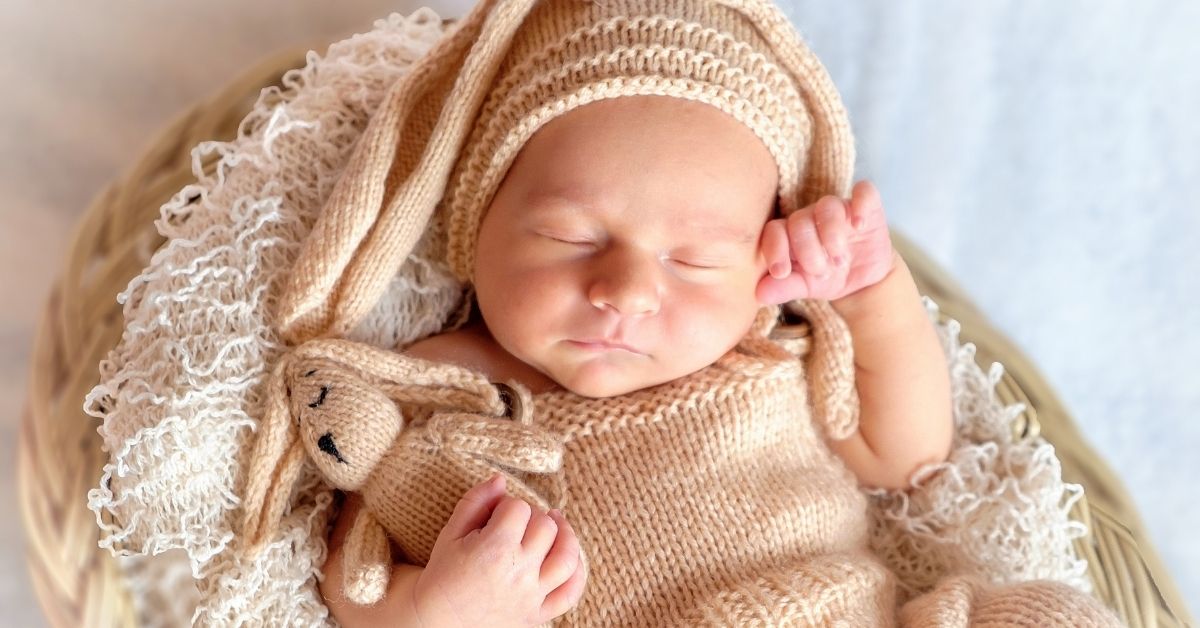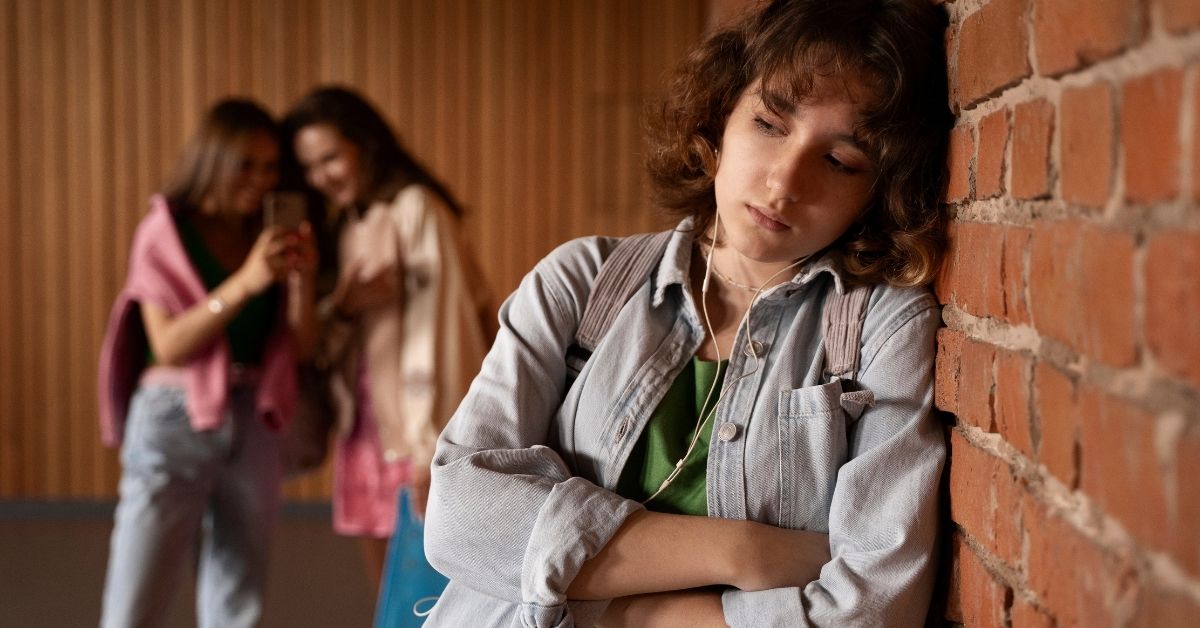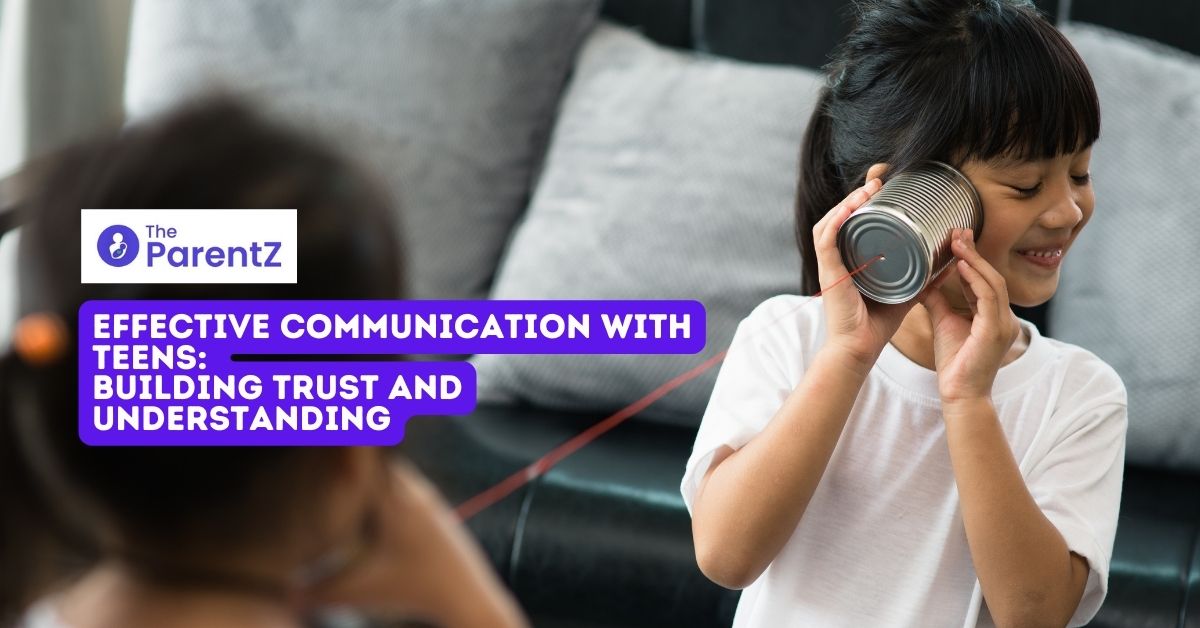“We must always take sides. Neutrality helps the oppressor, never the victim, Silence encourages the tormentor, never the tormented.”
Elie Wiesel
As a year 8, or 8th grade student, I remember being overwhelmed by what we read in Texas History class about slavery. I remember looking over at the few black students we had in our class and wondering what they were thinking and feeling. In class, we read the textbook, took the test, and not much else was said. I didn’t bring it up at home either.
Today the world is in the grip of two viruses: COVID-19 and racism. While COVID-19 is relatively new, racism is as old as humanity itself. In the United States, protesters of every ethnicity are calling for a change in the wake of the deaths of George Floyd, Rayshard Brooks, Breonna Taylor, and countless others.
The protests aren’t unique to the United States and have spread to six continents and over 70 cities, including India, Indonesia, and Thailand. Although the context and history differ, India is not immune to the issue of racism or bias on the basis of skin tone.
Studies show that infants as young as nine months old can indicate a preference for people with similar skin tones. Studies also show that infants the same age and even younger reject the concept that a person’s personality, behavior, and abilities depend on a person’s skin tone. These same studies demonstrate that a person’s capacity to form a bias can also occur early in life from the cultural impact of their environment.
While most experts agree young kids are not racist, that racial prejudice is a learned behavior, in the absence of parents talking about racism or celebrating diversity early in their life, our kids are vulnerable to becoming racist themselves.
So, what can we do as parents to protect our kids from learning racism? And what can we do to create an anti-racist environment within our home? These same studies demonstrate that kids and parents who are more likely to demonstrate racist tendencies are from neighborhoods that lack cultural, ethnic, racial, and caste diversity.
Even if we don’t live in a multicultural or diverse neighborhood, there are many simple activities we can engage our kids in. Experts across the board conclude a big part of the solution is talking to our kids early about racism, celebrating diversity, and teaching them how to appreciate other cultures.
How to talk to kids about racism: An age-by-age guide
Anti-Racism – Talking to Kids 0 to 5 Years Old
The science is clear, the earlier we celebrate diversity and talk about racism, the better. While infants and kids notice the differences in people (ethnicity, age, gender, skin tone, and so on), they do not attach preconceived ideas with these differences. In other words, toddlers and kids do not naturally discriminate.
Kids who live in more diverse ethnic and socioeconomic neighborhoods are more likely to not have racist tendencies as adults than kids who do not. For parents who belong to a minority group, it is a necessity, a matter of life and death in many cases, to talk about racism, how to act in a non-threatening and submissive way, and to disappear when approached by someone in authority.
And for parents in the dominant group who do not address their fear of talking about diversity, systematic racism, and the experience of those in the minority, they are not protecting their kids. They leave them vulnerable to being influenced by popular culture and their immediate environment. Not talking about these issues was my experience growing up in a small town in East Texas, where there wasn’t much diversity or discussion about race at home or in school.
Here are a few tips to help you engage your kids, no matter where you live. Diverse neighborhood or not, there is a lot you can do even at this age to protect your children from systematic racism.
- Toddlers, infants, and young children this young don’t necessarily need a specific discussion about racism unless they ask you a question. For the most part, we want our kids at this age to have a wide variety of experiences with a wide range of people.
- If your child does ask you a question about racism, tell the truth, be direct, use age-appropriate language, and answer the question. At this age, expanding the discussion will more than likely confuse them.
- Monitor what your kids are watching or listening to. Monitor what family or friends are saying in front of your child. Follow-up with your child on how they interpreted what they saw or heard.
- Celebrate diversity. Look for opportunities for your infant, toddler, or young child to play with a diverse group of kids from different economic, ethnic, regional, or caste backgrounds. Introduce ethnically diverse cartoons. Try different types of food. Read books with a variety of characters from a variety of places.
If your young kid comes to you with a question, be open. Recognize them for being observant and praise them for coming to you with the question. For sure, don’t hush them, or say something to the effect, “we don’t talk about that.” Kids at the higher end of this age group know the difference between good and bad, right from wrong. Answer the question directly and truthfully. If you can do this while providing a diverse environment for your kid to grow up in, you are on the right path.
Anti-Racism – Kids 6 to 8 Years Old
Kids at this age are aware of what’s fair and not fair, which is a good place for us parents to talk about injustice. At this point, we want to build on celebrating and exposing our kids to diversity and a wide variety of people. In addition, at this age, kids are more direct and have a million questions about everything.
- Kids can be direct, so if your kid comes to you with a question, let them lead the conversation. Let them get their questions out so you can process what they might be seeing or hearing.
- Like the advice above, when our kids ask questions, we want to be simple, direct, brief, and honest. At the same time, we don’t want to downplay their question. If they are watching the news and see protests in New Delhi, if we give them empty promises like a protest can’t happen here, soon enough, at some age or point, they will know we can’t be trusted to tell the truth.
- At the same time, if our kids are scared or worried, let them know they are safe, and you are there to protect them. Let them know they have family, friends, and teachers to help them whenever they need it. Reinforce the idea it’s ok to ask for help.
- Kids at this age also interpret the world in literally. For example, when there was a shooting in El Paso, Texas, at a store called Walmart, our kids may think they will get shot if they go to Walmart too. Again, we mustn’t brush off their question and answer the question honestly and briefly. Explain that this is a different Walmart, that there are many Walmarts, and no one has ever been shot at our Walmart. Remind them that you are there to keep them safe.
Anti-Racism – Kids 9 to 11 Years Old
Continue to build on what we’ve already discussed from ages 0 to 8 years old. Also note that kids grow up and experience their world at different ages, so some of this advice might be useful age-wise earlier or later.
- At this age, our kids are exposed to more media, their social network continues to grow, and their awareness of pop culture, beliefs, and behavior sharpen. Be curious about what they hear at school, on tv, the internet, on the bus, and so on. If your child comes to you with a question, see if you can find out where they got their information without overburdening them. Was it from the internet, the news, from a friend, or history class?
- Ask open-ended and clarifying questions to help you understand what happened and how your child processes what they saw or heard. Use age-appropriate answers to their questions and to explain how your family views racism. Explain to your kids in terms they can understand what your family stands for.
- Look for opportunities to explore stereotypes and racial bias expressed in the media, movies and tv shows, music, including friends and members of the family. Talk to your kids about why there are so many commercials on TV for skin-lightening products.
- Did they experience or see any bullying, or teasing based on appearance, ethnicity, socioeconomics, and at this age could also be sexuality? Or did they observe or experience outright racist remarks or behavior?
- At this age, the kids will begin to understand the homophobic slur an uncle expresses over a holiday or Grandma’s continued agitation with the “people” moving into the neighborhood. We mustn’t allow these slurs and racism to go unchecked. Explain to your kids that some in the family, or even their friends, may have a different point of view. While we love and care for Grandma and our uncle, their beliefs and values are different from ours, and we strongly disagree.
Anti-Racism – Tweens and Teenagers
At this age, our kids are growing up fast, understand abstract concepts, and have strong opinions and emotions about many things. Hopefully, they are open and have experienced different cultures, including food, music, movies, and books. My strong wish for my daughter is to have a wide variety of friends of different ethnicities, castes, races throughout her young and teenage years. If so, I hope all our kids are excited to travel.
- Continue to ask questions and remain open when they do come to you.
- Keep up with what they are listening to, watching, who their friends are, the latest news.
- Continue to share your feelings and thoughts about stereotypes, bias, and straight-up racism when you are both watching on tv, hanging out with family, or being out in the world away from home.
- Encourage your kids to take action. Activism gives our kids, all of us, a sense of control. Helplessness isn’t a helpful feeling, nor is it a solution.
- Kids at this age are ready and capable of thinking about what leads to these global protests. More likely than not, they want to know. So, help your kids find and discuss these factors like poverty, education, and poorer health and sanitation of minority groups compared to other groups, to name a few. Connect why minorities are more likely to suffer from COVID-19 than the majority group, like access to health care.
Celebrate Diversity
The science is clear, we must start early. And the best way to ensure our kids grow up open to everyone and tolerate others’ beliefs is to celebrate diversity from day 1. Celebrating diversity while also talking honestly to our kids, staying open to their questions no matter what they might be, being curious about their life and what they are experiencing away from home, undeniably, also helps.
We are the role model. What does your group of friends look like? Check your own racial, religious, or other bias. Admit when you make a mistake of stereotyping someone or expressing a racist thought. We are not perfect. Systematic racism is ingrained in us. We also have to work on what we are passing on to our kids.
So be proactive. If science tells us diversity and education are key, get involved in some event, club, community group where your kids will be introduced to a wide variety of people. Take them to the museum and explore other cultures, while also teaching them about the history they may not be getting in school in their textbooks. Introduce books, movies, and music that also help broaden their perspective and appreciation for cultures outside their own. And my favorite is cooking and eating at restaurants from a variety of places and cultures and having fun discussing the origins of the food while we eat.
If you have any experiences, ideas, or examples of how you celebrate diversity in your family, please share in the comments below.


